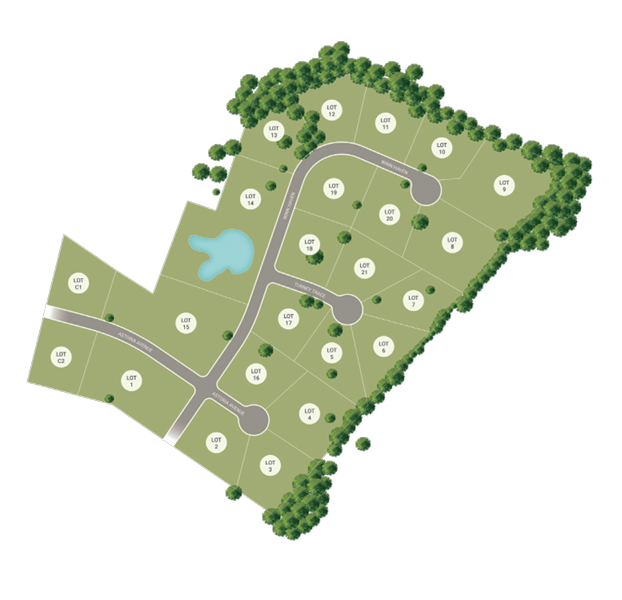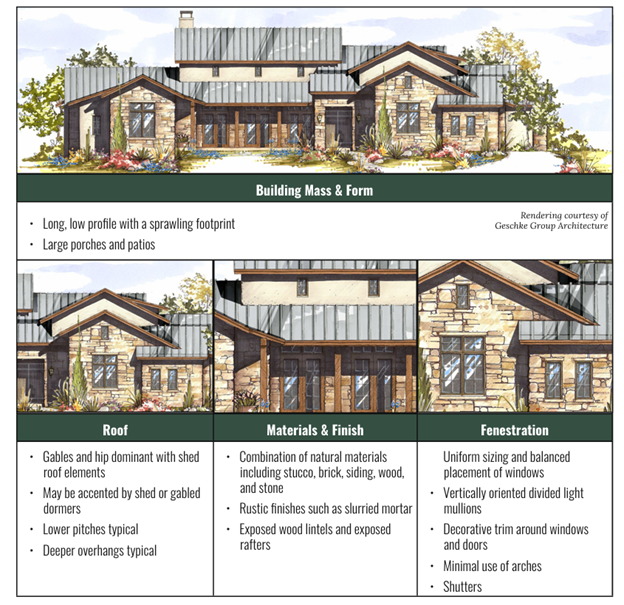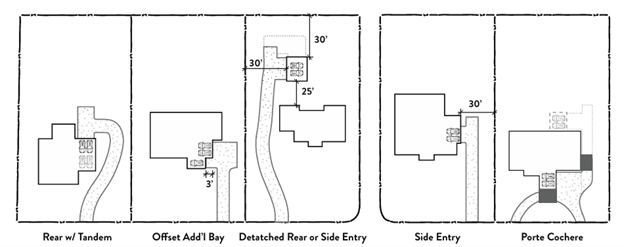
Guidelines aren’t about stifling creativity. They’re about establishing a framework that allows for individuality within a shared vision.
-Alissa Dyal, APR Guidelines Development Director
Architectural guidelines often conjure images of expansive master-planned communities, dictating everything from roof pitch to garage placement. But what about smaller developments? Can a pocket neighborhood of just a few dozen homes benefit from this kind of planning? Absolutely.
Take The Estates of Astoria, a boutique development of 22 rural homesites in Round Top, Texas. Catering to second-home owners and retirees, Astoria sought to create a cohesive aesthetic. However, ambiguous and conflicting language in their Declarations led to confusion. Potential buyers were disappointed to discover their dream homes wouldn’t comply with restrictions, while the developer struggled to attract home designs that matched their standards.

This boutique acreage community needed help communicating their vision to buyers. Ambiguity in their Declarations allowed for conflicting and confusing restrictions. This community needed help communicating their vision to buyers. APR was the answer.
APR crafted the language and images to translate the developer’s vision into implementable, actionable architectural guidelines.

This is where APR stepped in. APR doesn’t just set rules; it translates a developer’s vision into clear, implementable guidelines. Using a combination of precise language and visuals, APR helped Astoria communicate their desired architectural style.
The Estates of Astoria is a prime example of how architectural guidelines benefit developments of all sizes. Whether you’re managing 22 lots or 2,200, clear guidelines act as a springboard to establish a community that both developers and homebuyers can envision.
Here’s how architectural guidelines benefit developers and communities, big or small:

Architectural guidelines aren’t about stifling creativity. They’re about establishing a framework that allows for individuality within a shared vision. The Estates of Astoria is a testament to how effective guidelines can be in creating a community that attracts the right buyers and fulfills the developer’s vision, regardless of the project’s size.
